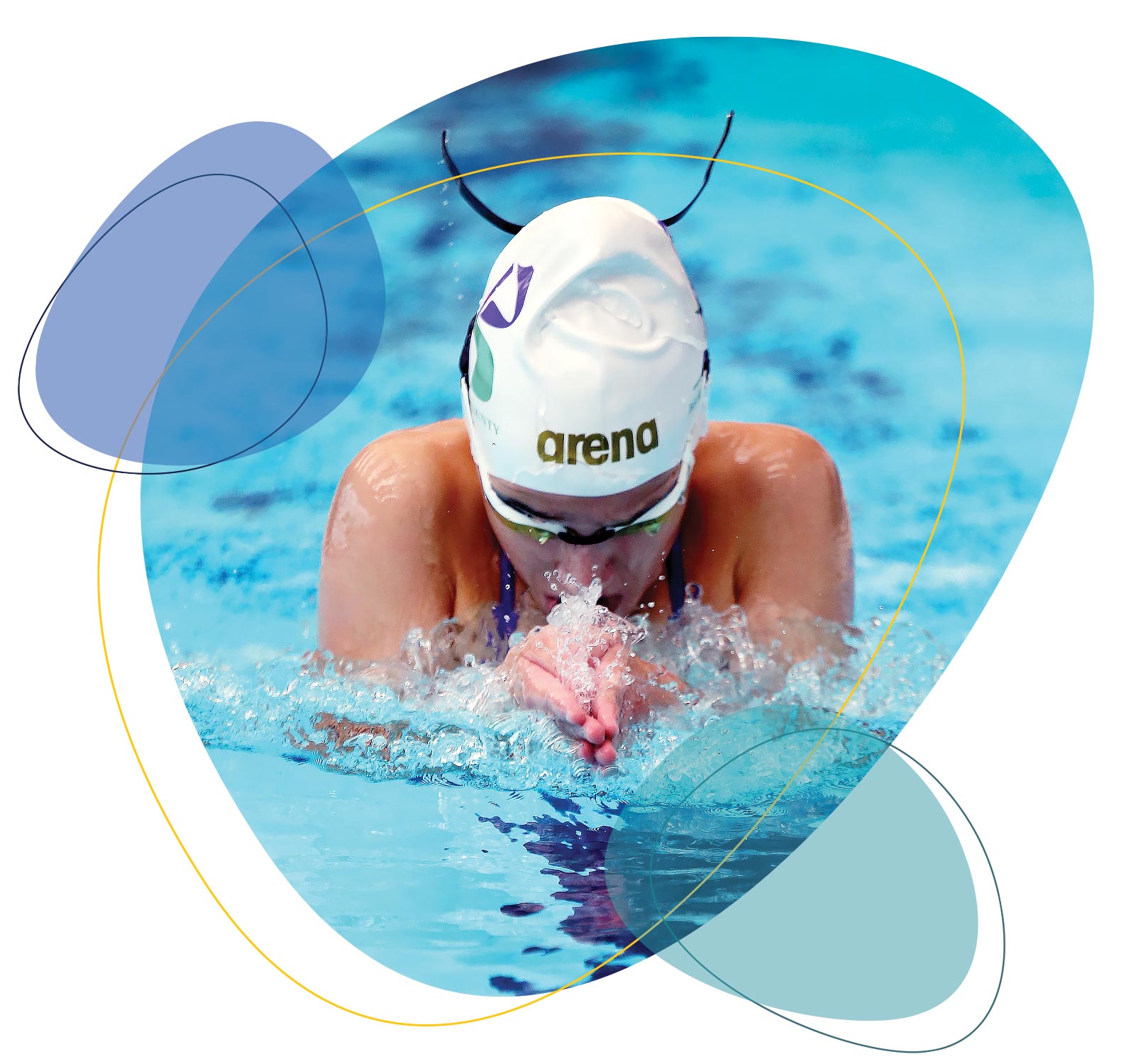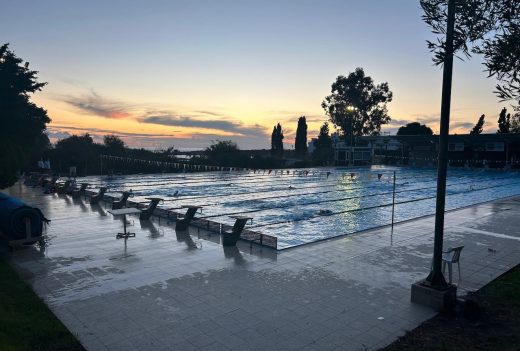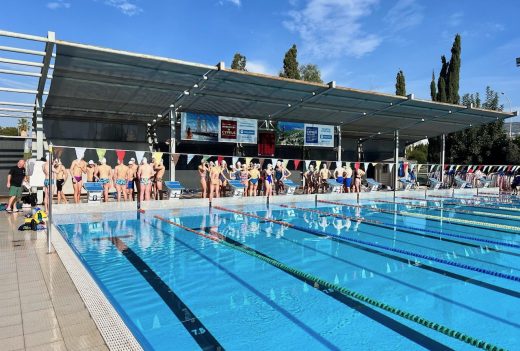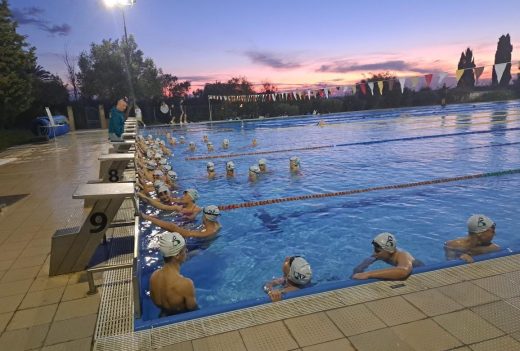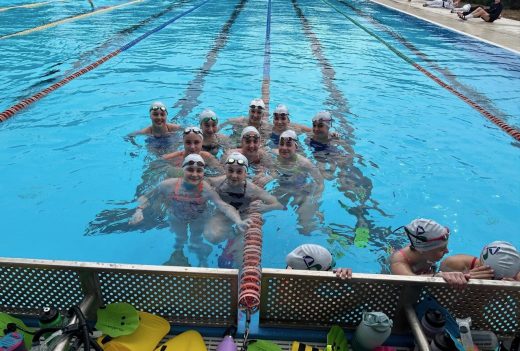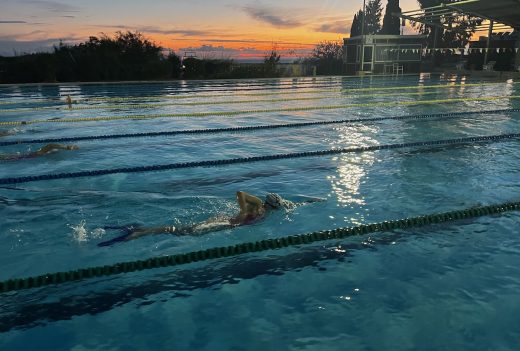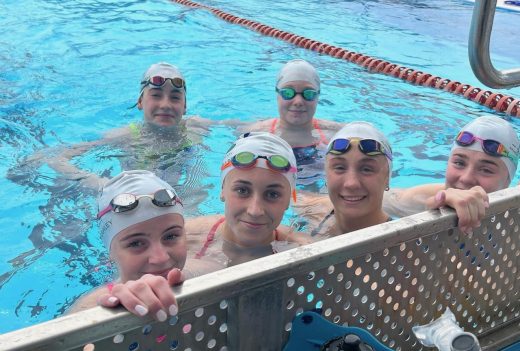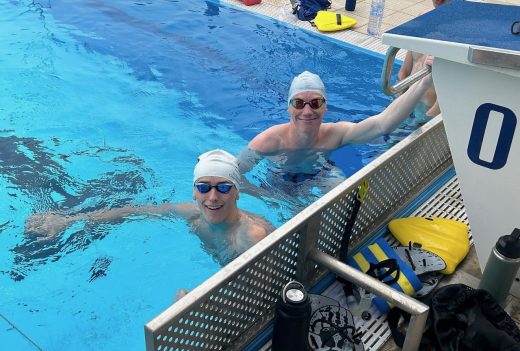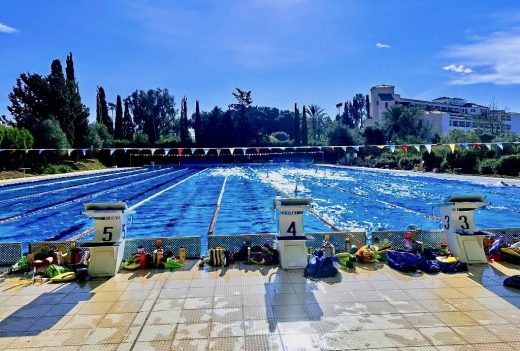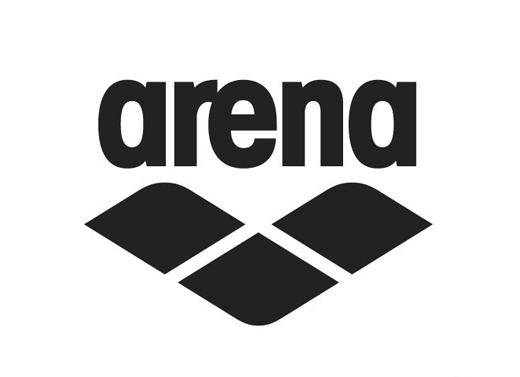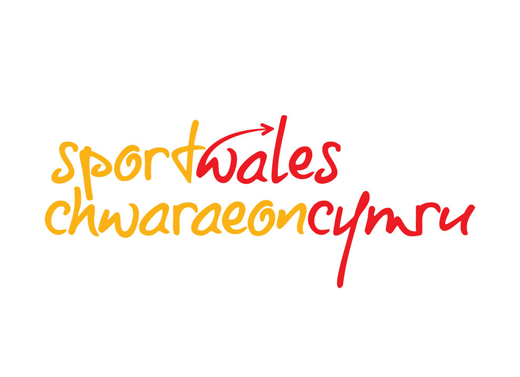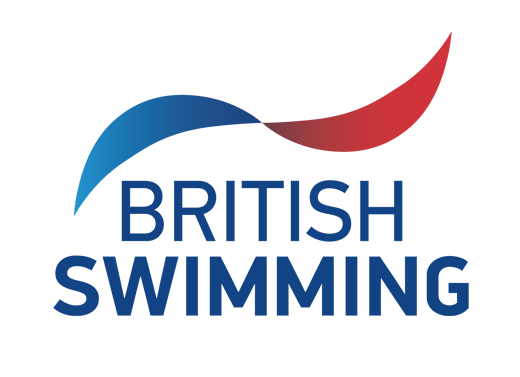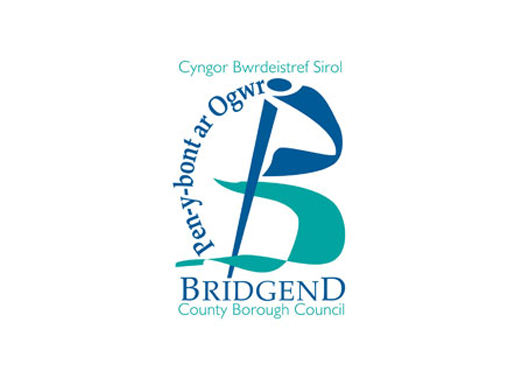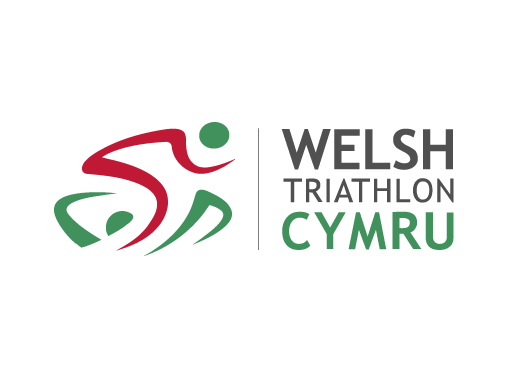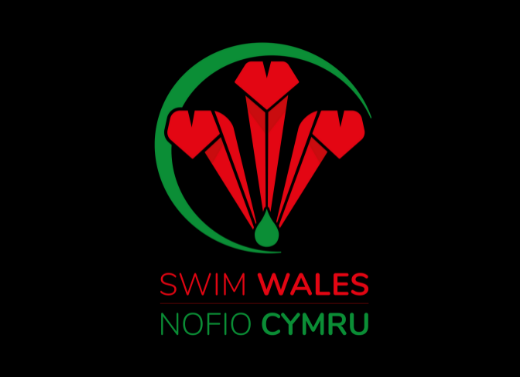Bridgend County Swim Squad
Croeso i Garfan Nofio Penybont ar Ogwr
Welcome to Bridgend County Swim Squad, the Swim Wales Regional Performance Centre for Bridgend and the surrounding area.
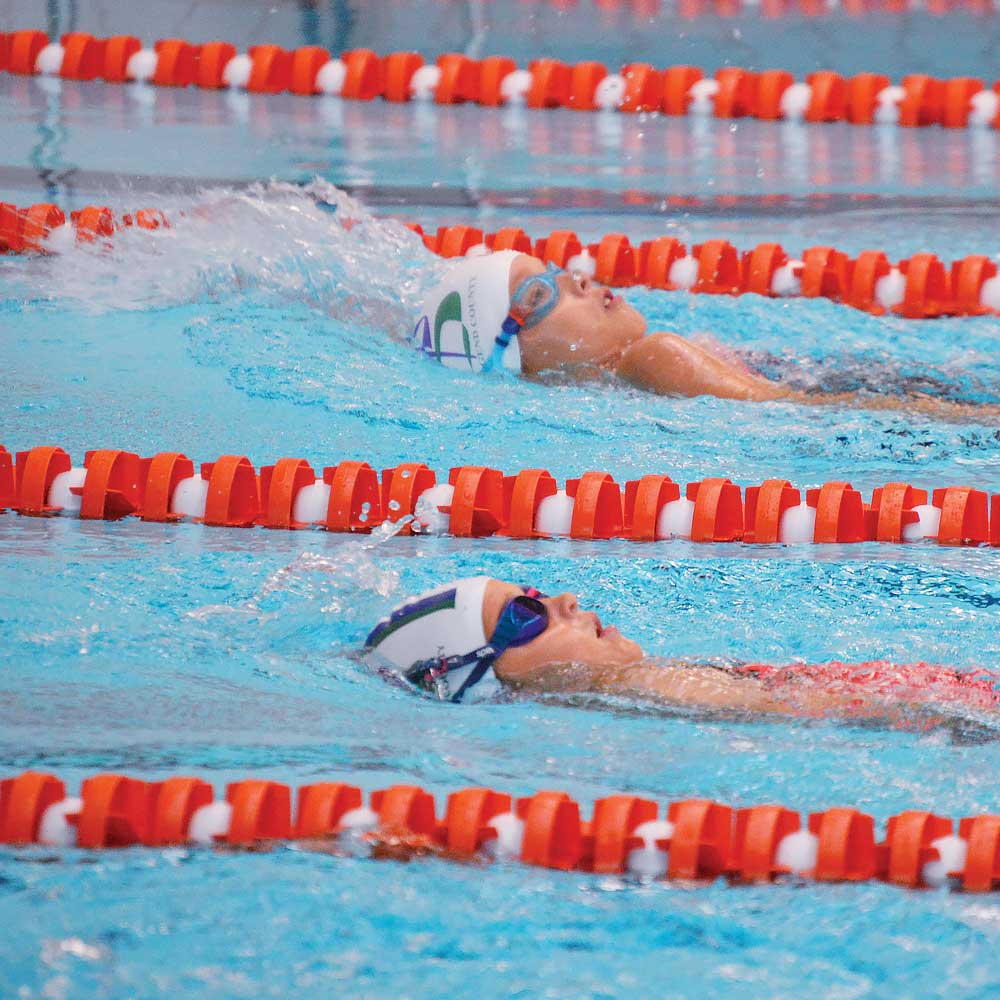
About BCSS
Catering for swimmers from Stage 7, Learn to Swim, through Pathways and Competitive Skills Squads to Performance Level.
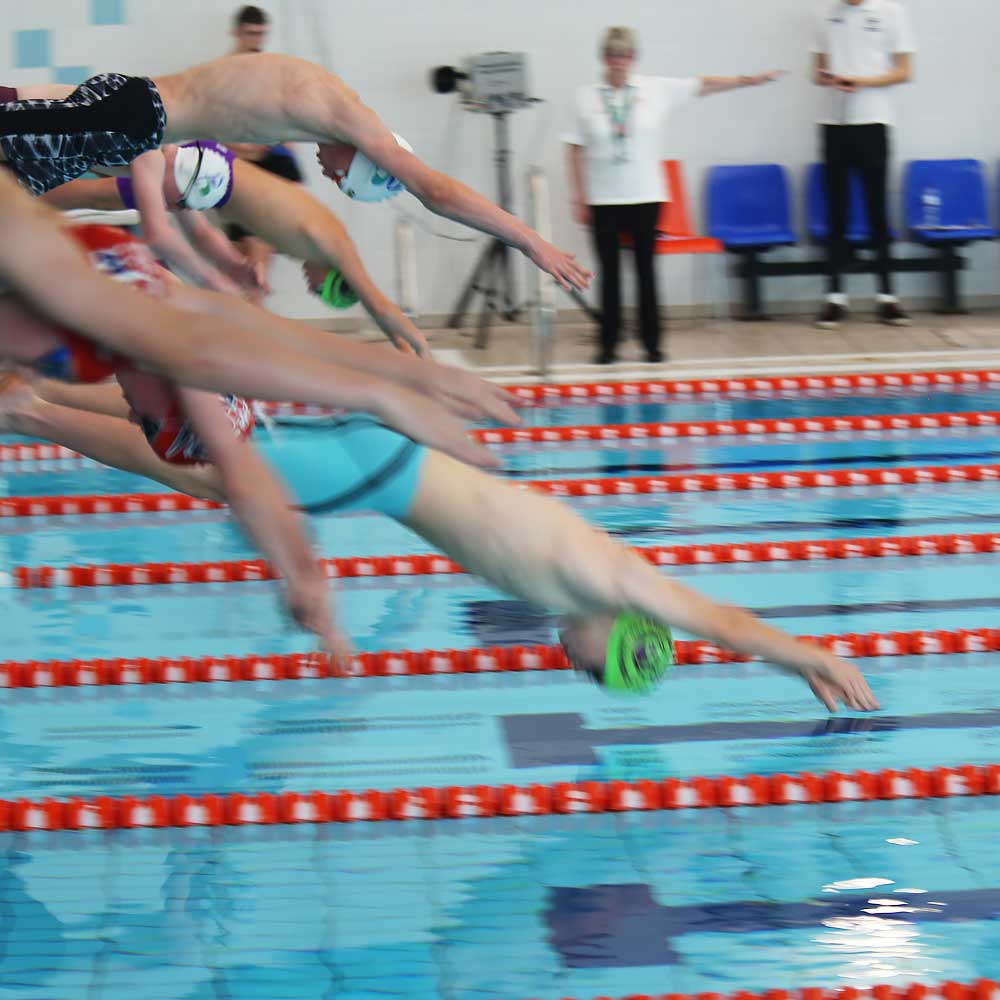
Join Us
We are a friendly competitive swimming club where we focus on the development of the swimmers technical ability and skills in a fun and friendly swimming environment.
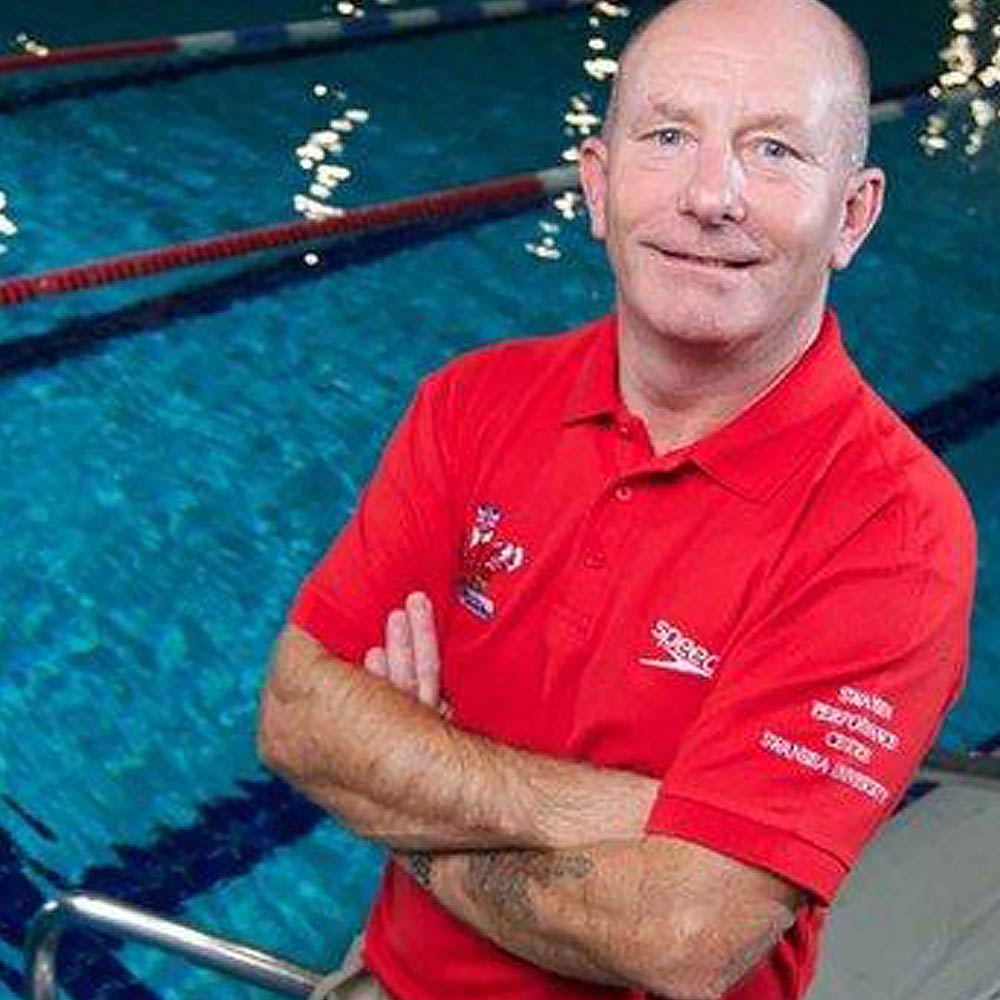
Coaching Team
We have a dedicated team of highly qualified professional and volunteer coaches led by our very experienced Head Coach, Billy Pye, who has coached at the very highest level.
Swim to Compete...
Competition News
BCSS is a competitive swimming club and all members have the opportunity to compete at various levels.
Taking part in competitions is not compulsory, but we encourage swimmers to experience racing and being part of a team.
Younger swimmers can take part in our Young Olympians competitions – a chance to challenge their friends and fellow swimmers in a fun, friendly racing environment and supported by family and friends.
They can then progress to compete in Club galas, Regional, National and International competitions where they race against the best in the country.
Upcoming Events
City of Swansea Aquatics May LC Open Meet 2024
Competitive Swimming
Latest News
BCSS Winter Training Camp - Cyprus 2024
Our senior and junior performance squads have just taken part in a warm weather training camp in a fantastic environment […]
Read More ›Arena League 2023 - Results Round 3
Bridgend County Swim Squad attended the third round of the Arena League at Newport, with fantastic swimming all round we […]
Read More ›Arena League 2023 - Results Round 2
Bridgend County Swim Squad attended the second round of the Arena League at Newport, with fantastic swimming all round we […]
Read More ›Order new squad kit online
BCSS Kit
Bridgend County Swim Squad kit can be purchased online from Eurologo.
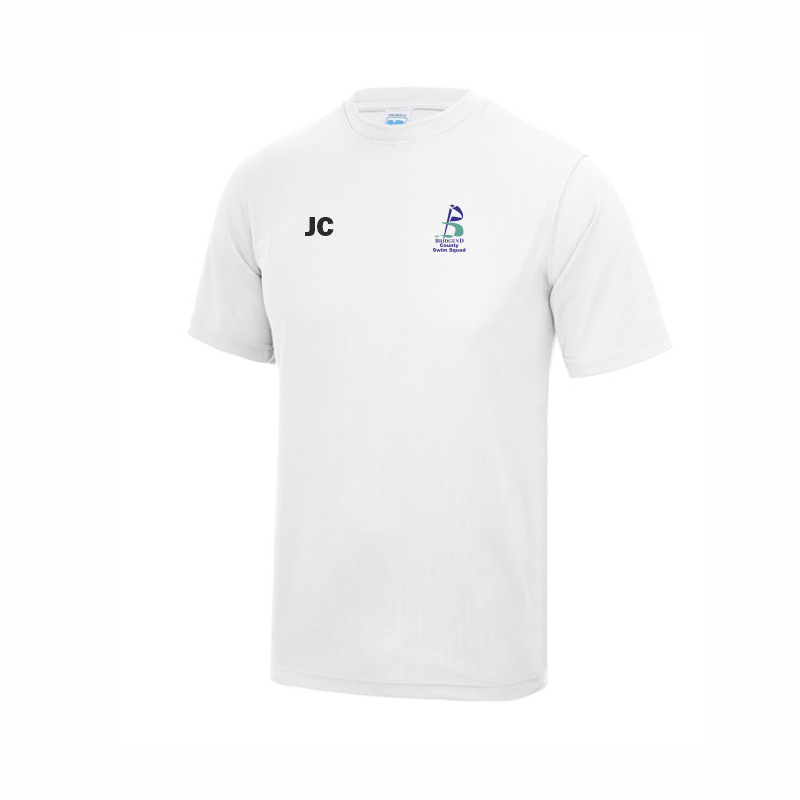
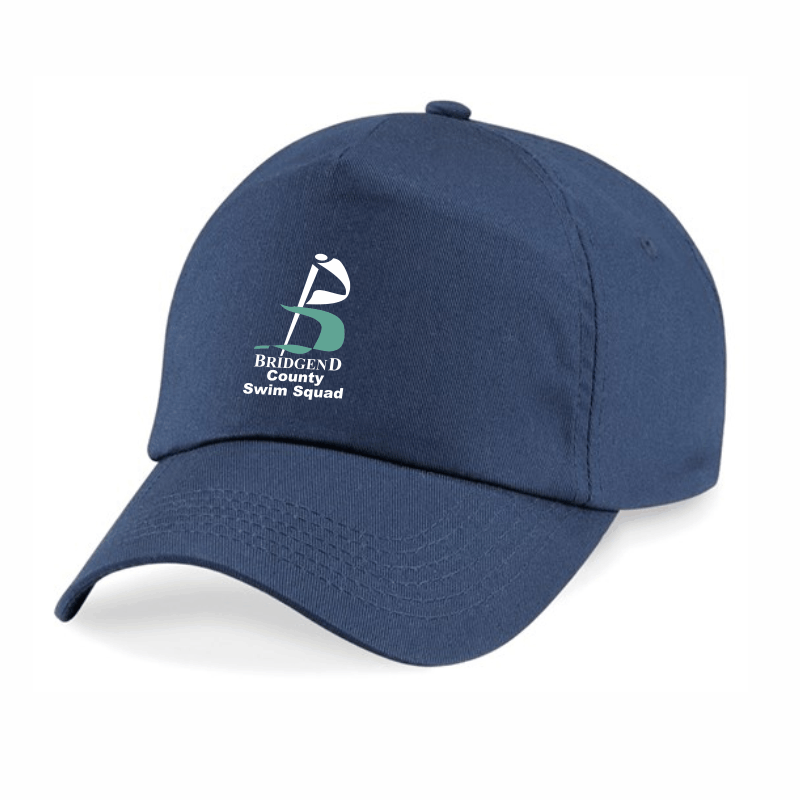
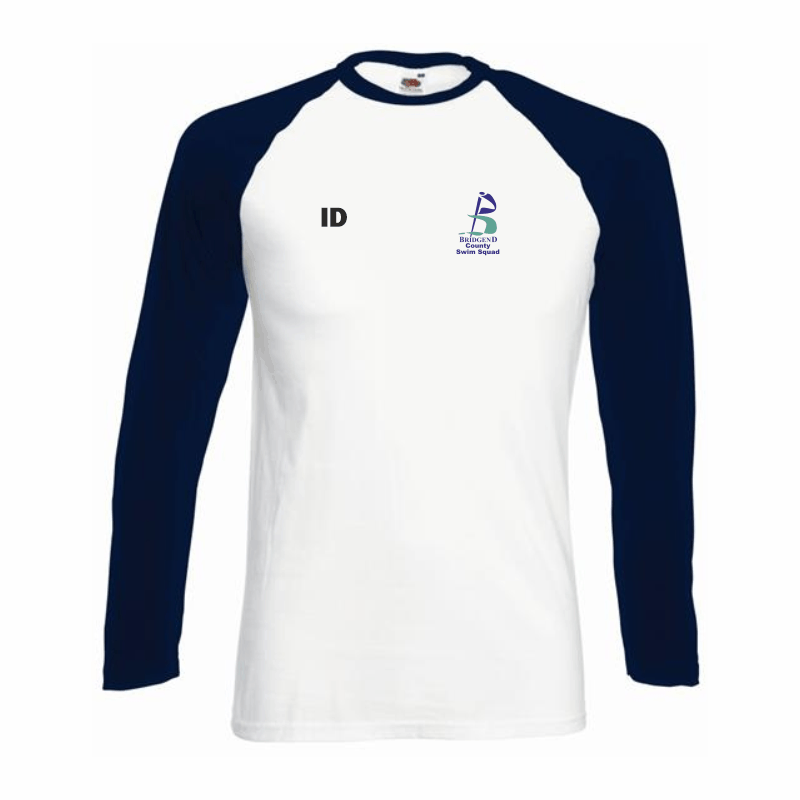
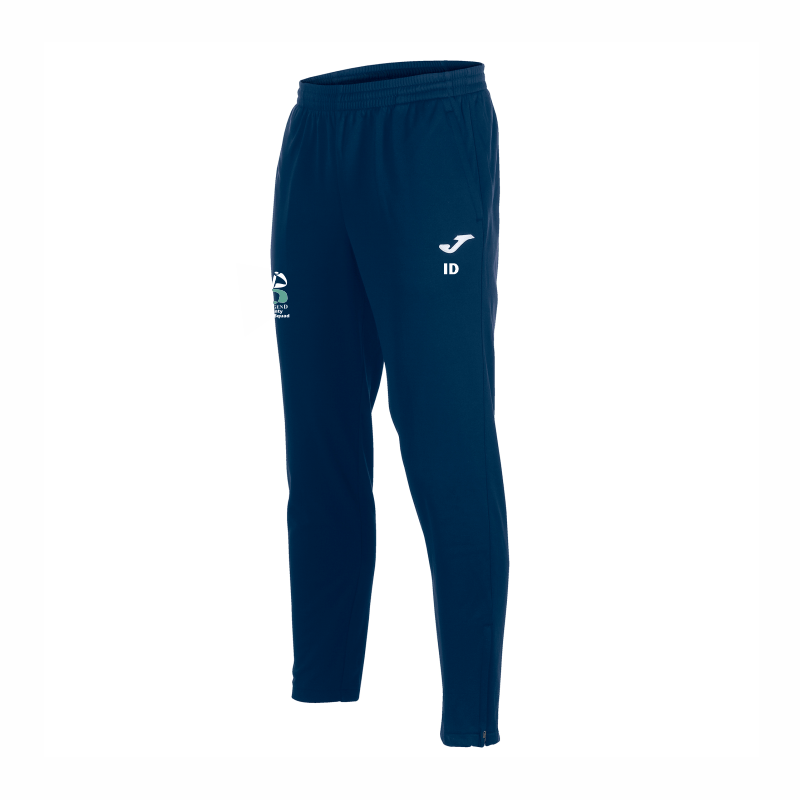
Fancy 10% Off Swimwear?
Plus 10% commission for your club!
Visit www.allensswimwear.co.uk and enter discount code BRIDGEND10
Training Times and Notifications
Download the APP
To help the coaches communicate clearly and effectively with swimmers and parents, the club uses the SPOND app, updated daily to show all squad training sessions and any important messages.
Competition Entries - Pay Fees - Order Kit
Active Membership Portal
BCSS uses the ACTIVE management system to collect membership fees, competition entries, kit orders, or social activities and provides an effective way of communicating with our members via email. All financial transactions are made via Active.
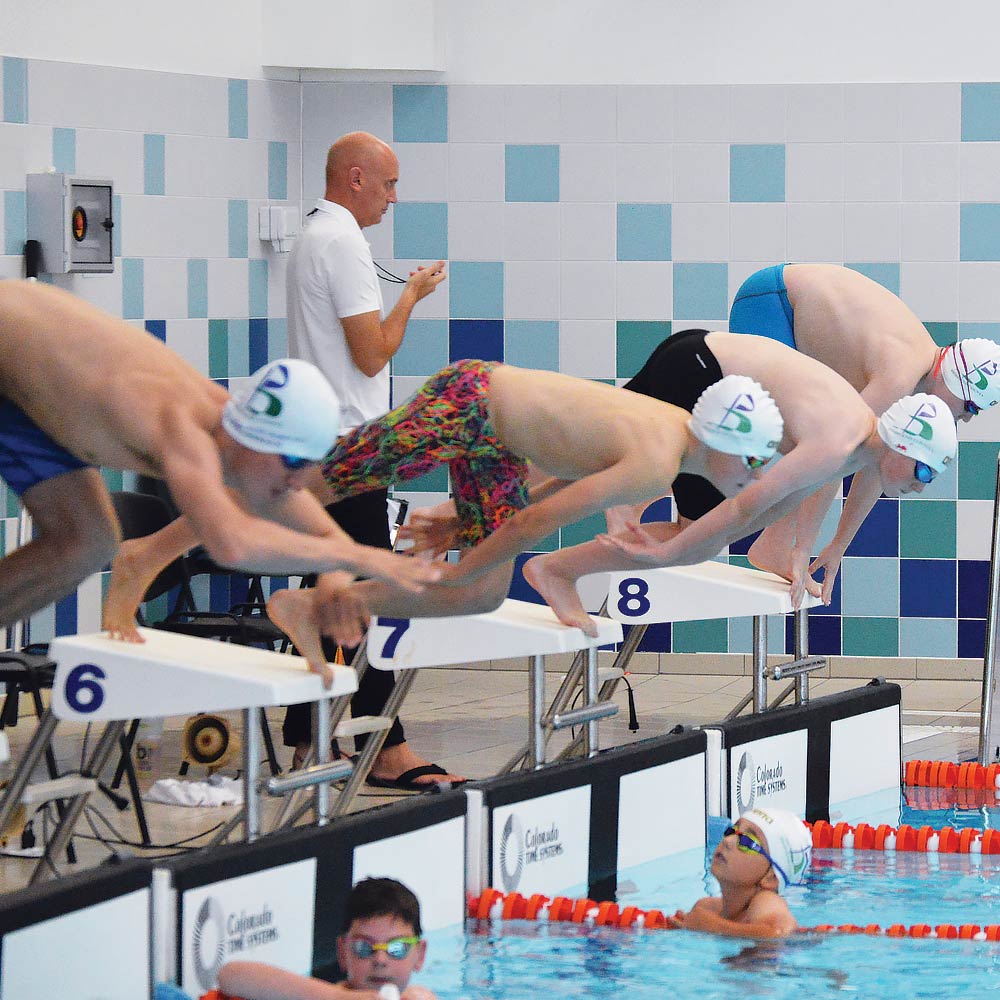
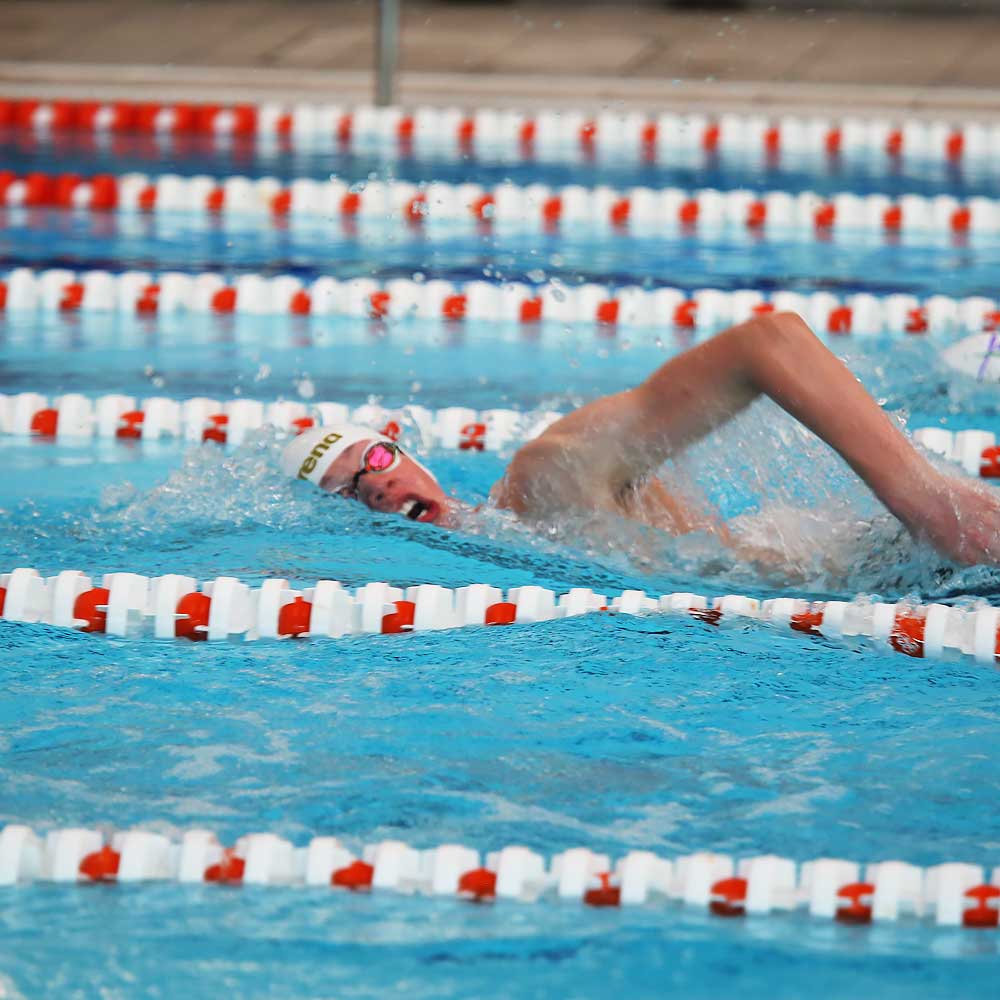
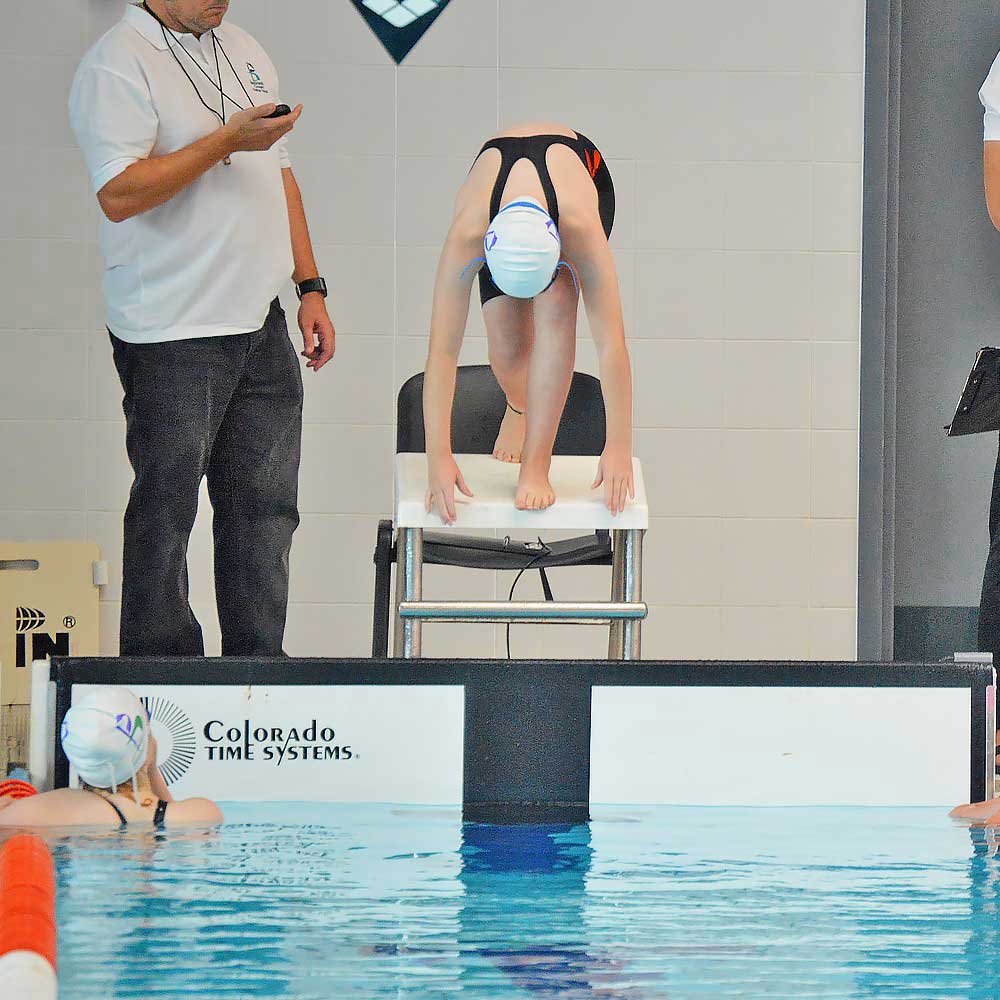
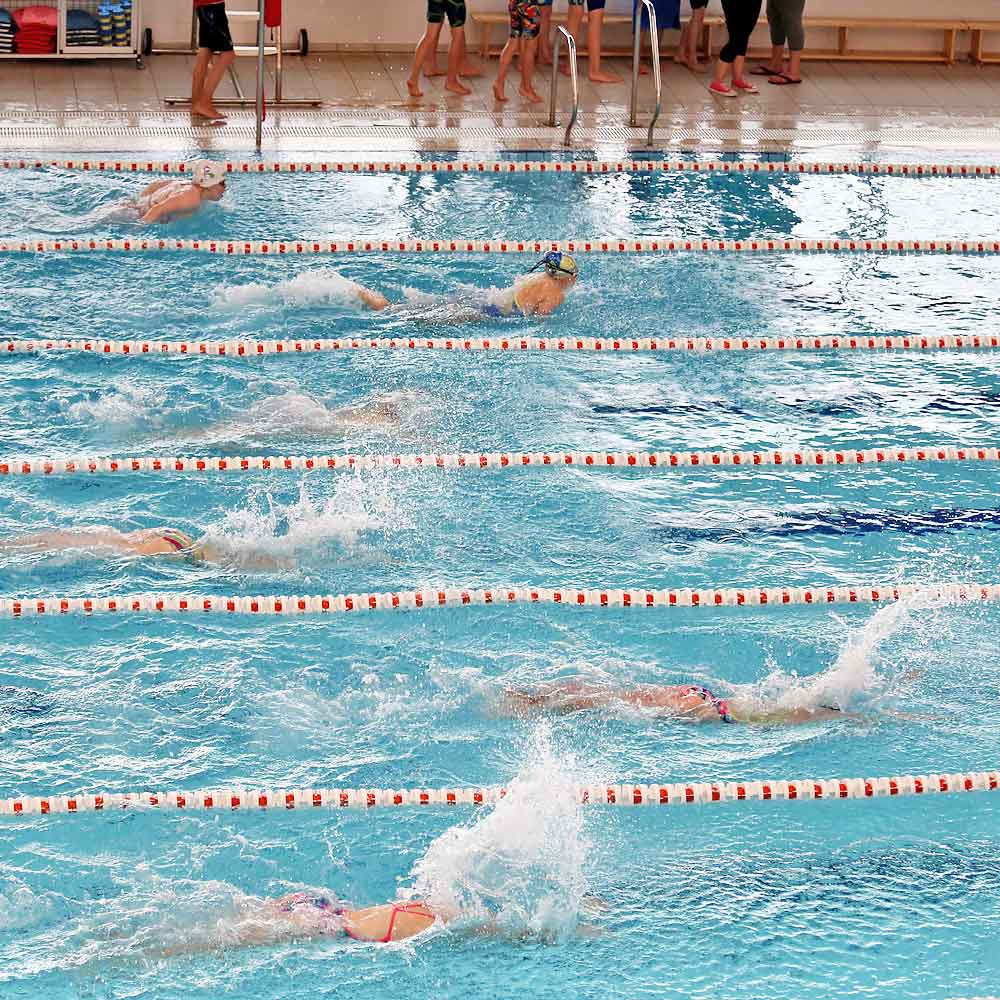
Bridgend County Swim Squad
Our Partners
Halo Leisure has assisted the Club in many ways and BCSS is grateful for all the assistance they have received from the Halo Company and its staff.
We are the Swim Wales Regional Performance Centre for the Bridgend area and we work closely with the National coaching team from Swim Wales, allowing our swimmers to represent the club on Swim Wales National Squads including the Skills Academy and Elite squads.
Bridgend County Swim Squad is an amateur club that relies on the help freely given by elected committee members and other helpers. The club can never get enough help whether it is arranging an Open Meet, organising social events or helping on poolside at galas. Volunteers are always warmly welcomed.
Facebook - Twitter
Follow Us On Social Media
Twitter posts are a regular way of promoting the achievements of our squad members and keeping up to date with many of the organsiations linked to our swimmers – schools, Lifeguard clubs, other sports teams. We enjoy hearing and reading what our swimmers have been up to.
Take a look at all our activities and successes by checking out our Facebook page. Many of our swimmers are members of other sporting clubs and it’s great to see their achievements via social media.

